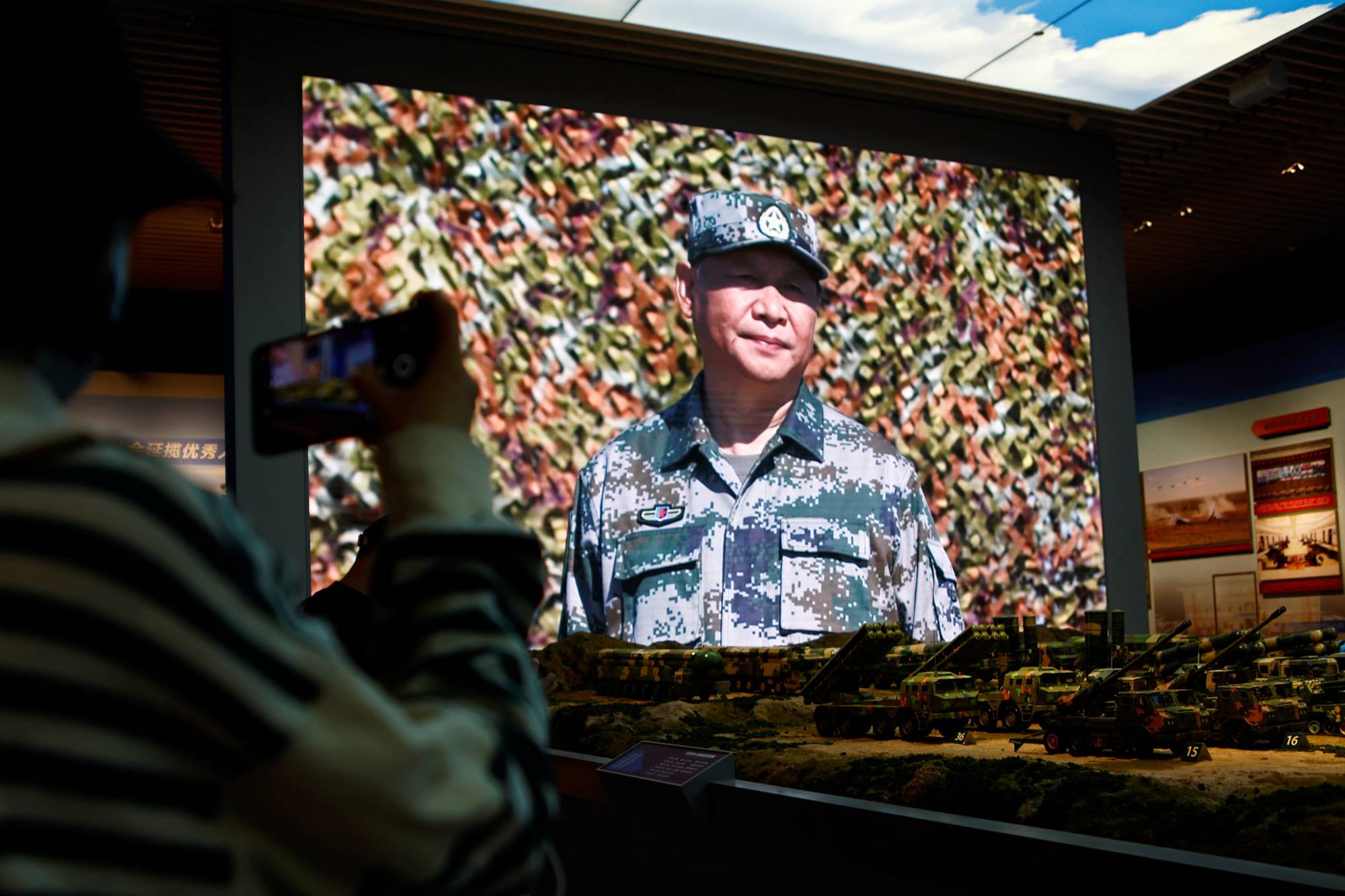Xi Jinping, fresh off securing an unprecedented third term as China’s leader, has reshuffled the country's top military leadership, highlighting his emphasis on his generals' political loyalty as much as their professional competence.
While the appointments made at the recent Chinese Communist Party congress point to efforts to ramp up military modernization, they also signal Beijing’s intention to expand military diplomacy and increase readiness for a potential military operation against Taiwan as cross-strait tensions escalate.
Xi has surrounded himself with loyalists not only in the powerful Politburo Standing Committee — the party’s top echelon — but also in the Central Military Commission (CMC), the country’s top military decision-making and command body.
















With your current subscription plan you can comment on stories. However, before writing your first comment, please create a display name in the Profile section of your subscriber account page.